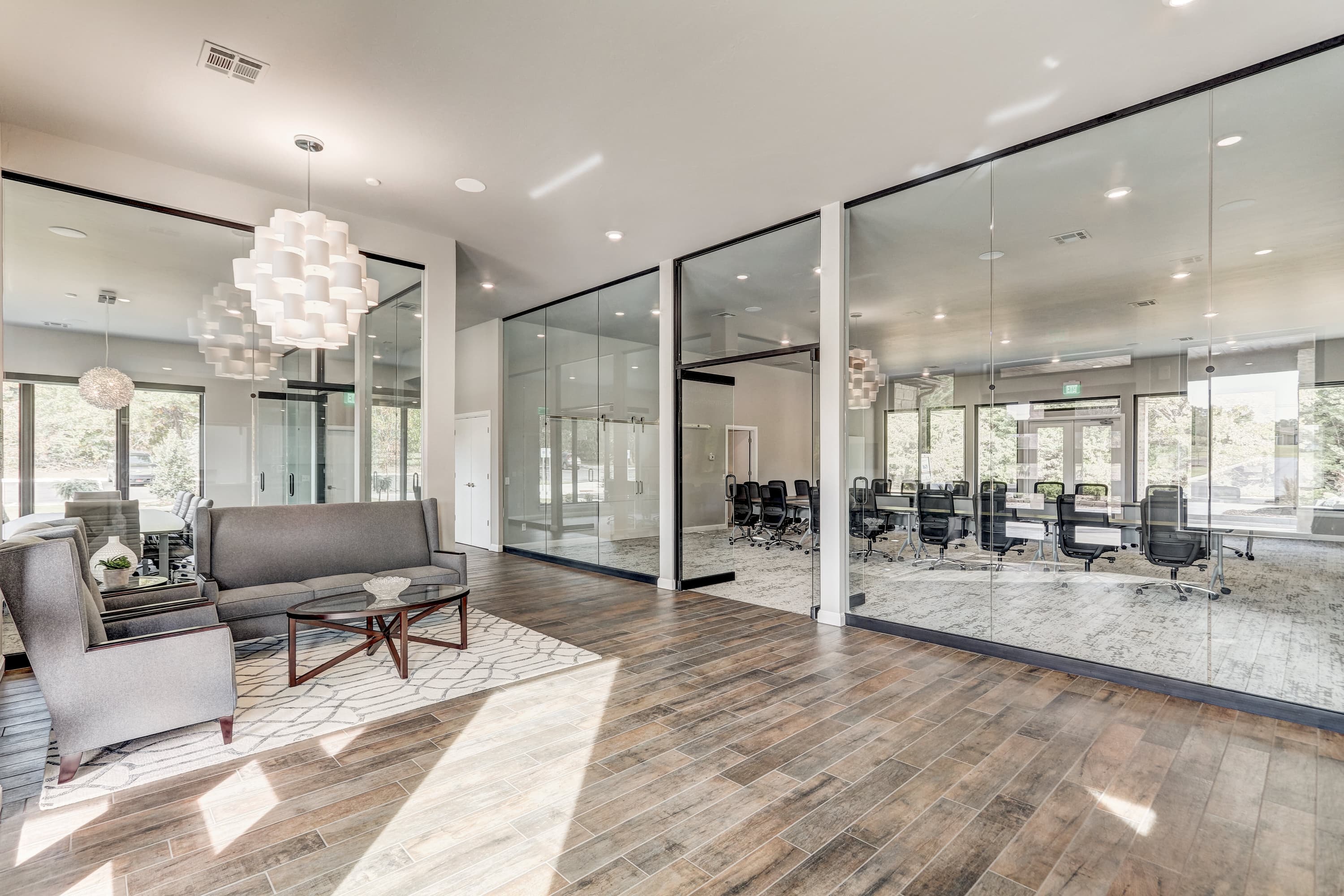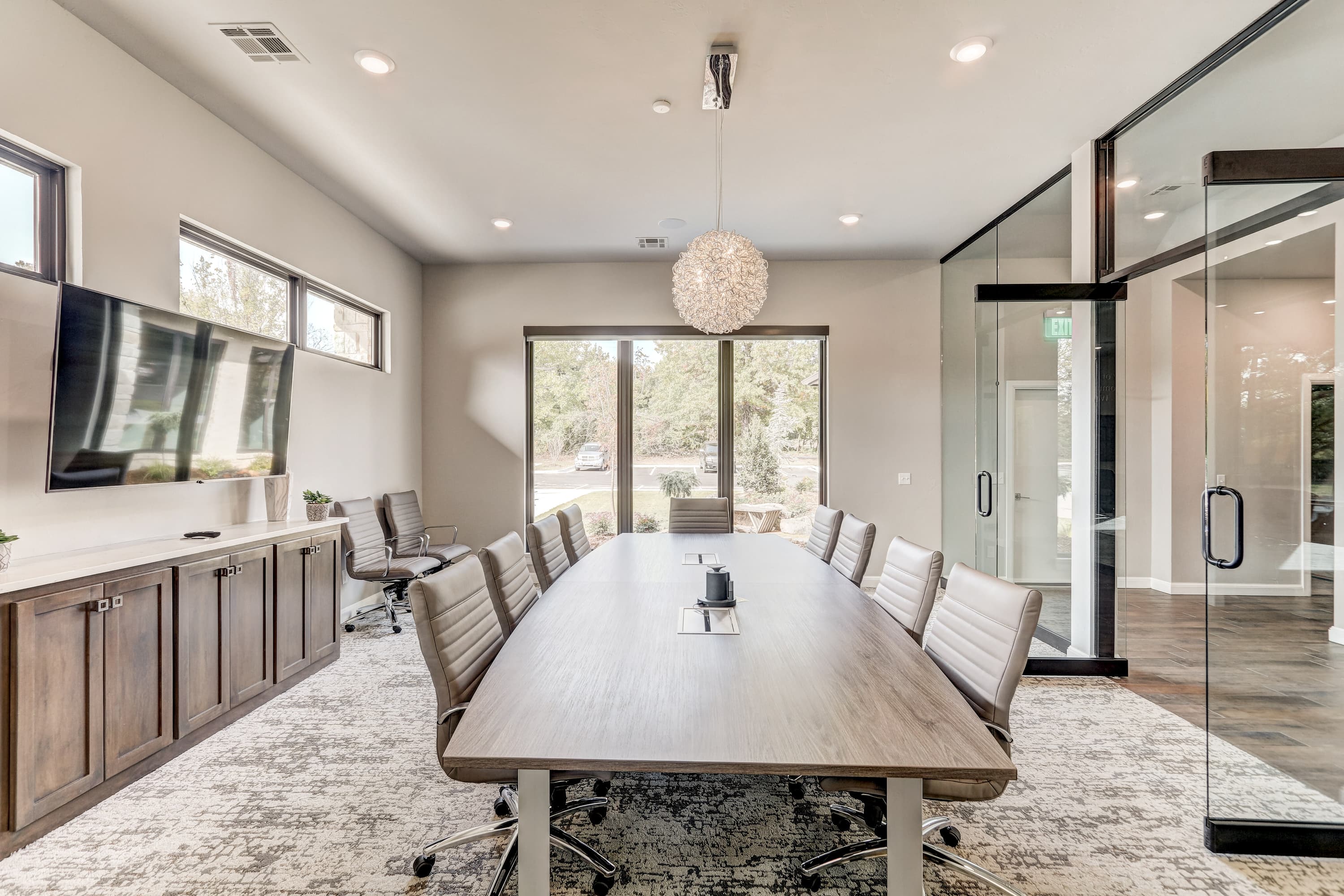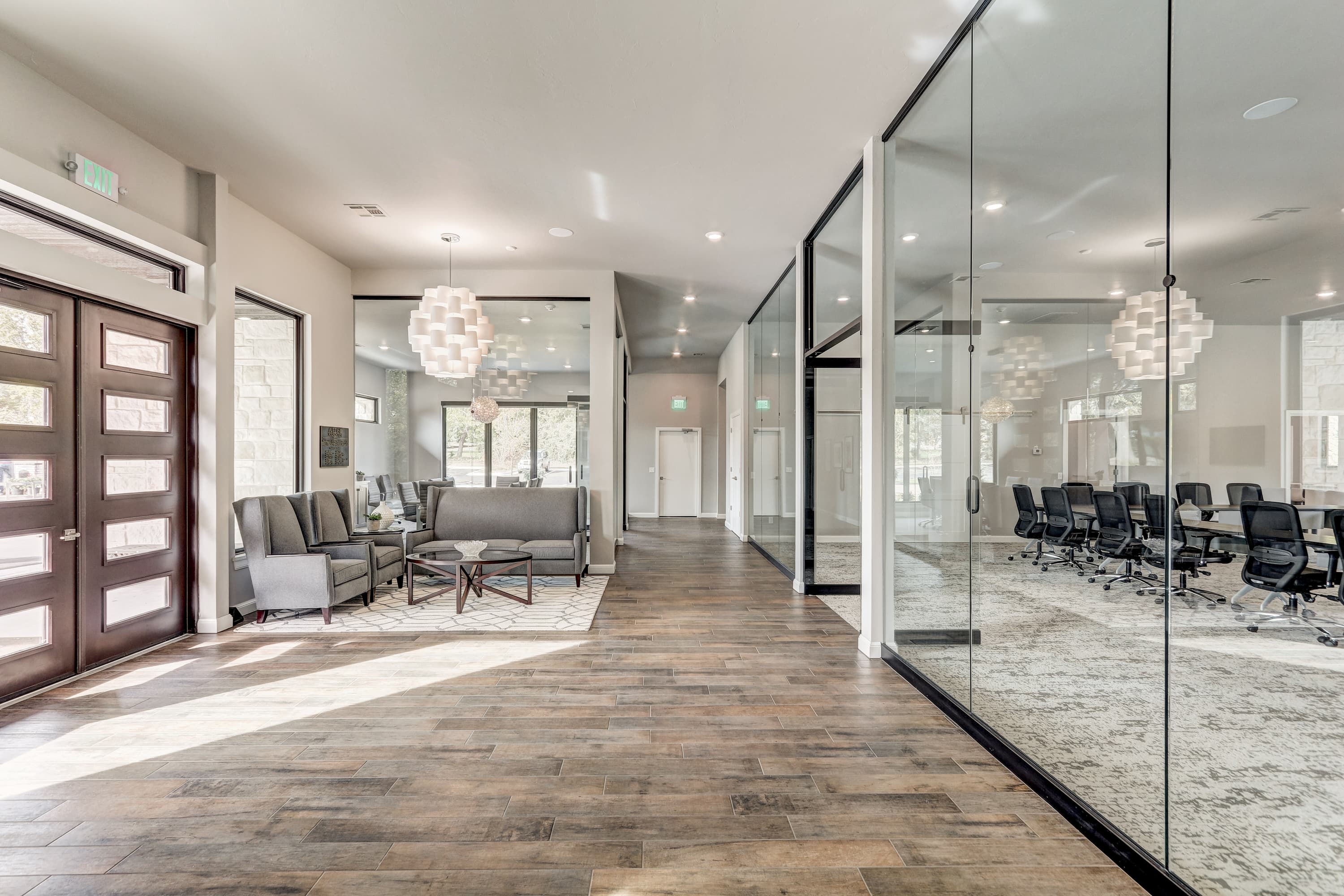One of the fundamental principles of ontological design in interior commercial spaces is recognizing the inherent relationship between space and human experience. It acknowledges that the physical environment we inhabit has a profound impact on our well-being, emotions, and behavior which then impacts how we interact with those around us and the ideas we create. Think of it as a contiguous feedback loop between humans and their environment. With this in mind, ontological design seeks to create spaces that align with the values and aspirations of the people who will be using them.
It is about more than creating a beautiful space; it is about creating places that speak to those who spend time in them. This may be conscious or subconscious.
Designing spaces that facilitate authentic human experiences is at the core of ontological design. Commercial interiors are not just transactional spaces; they can also be platforms for interactions, inspiration, and personal growth.. By incorporating communal areas, flexible seating arrangements, and collaborative workspaces, commercial interiors designed through an ontological lens actively encourage dialogue, creativity, and the formation of meaningful connections among users for extroverts. For those who may be more introverted, these spaces allow for soul-searching, solitude, reflection and peace. In either case, these spaces become catalysts for collaboration, innovation, and a sense of belonging.
In addition to facilitating authentic experiences and promoting social interaction, ontological design in interior commercial spaces also considers the importance of creating a harmonious and balanced environment. It takes into account factors such as acoustics, lighting, and ergonomics to ensure that the space is not only visually pleasing but also conducive to productivity, comfort, and overall well-being. By addressing these sensory elements, ontological design creates an environment that supports individuals in their daily activities and enhances their overall experience. Consider the use of lights that can be “tuned’ to the appropriate temperature given the mood you are trying to establish or even the time of year and the impact of natural lighting in the space.

When applied to commercial spaces, this specific type of design emphasizes the integration of natural elements and biophilic design principles. By incorporating elements such as natural light, greenery, and organic textures, these spaces evoke a connection to the natural world, promoting a sense of calm, vitality, and well-being. This approach acknowledges the deep-rooted human need for a connection with nature and harnesses its benefits to enhance the overall experience within the commercial environment. As a wise person once said, “Humans are basically a houseplant with complicated emotions.”
In conclusion, ontological design in interior commercial spaces transcends the conventional notions of aesthetics and functionality. It embraces the idea that spaces have the power to shape human experience, foster connection, and support personal and collective growth. By considering the needs, aspirations, and values of individuals, incorporating biophilic elements, promoting social interactions, ensuring a balanced environment, and integrating branding and storytelling, ontological design creates commercial environments that are not only visually appealing but also meaningful, transformative, adaptable, and conducive to well-being.


